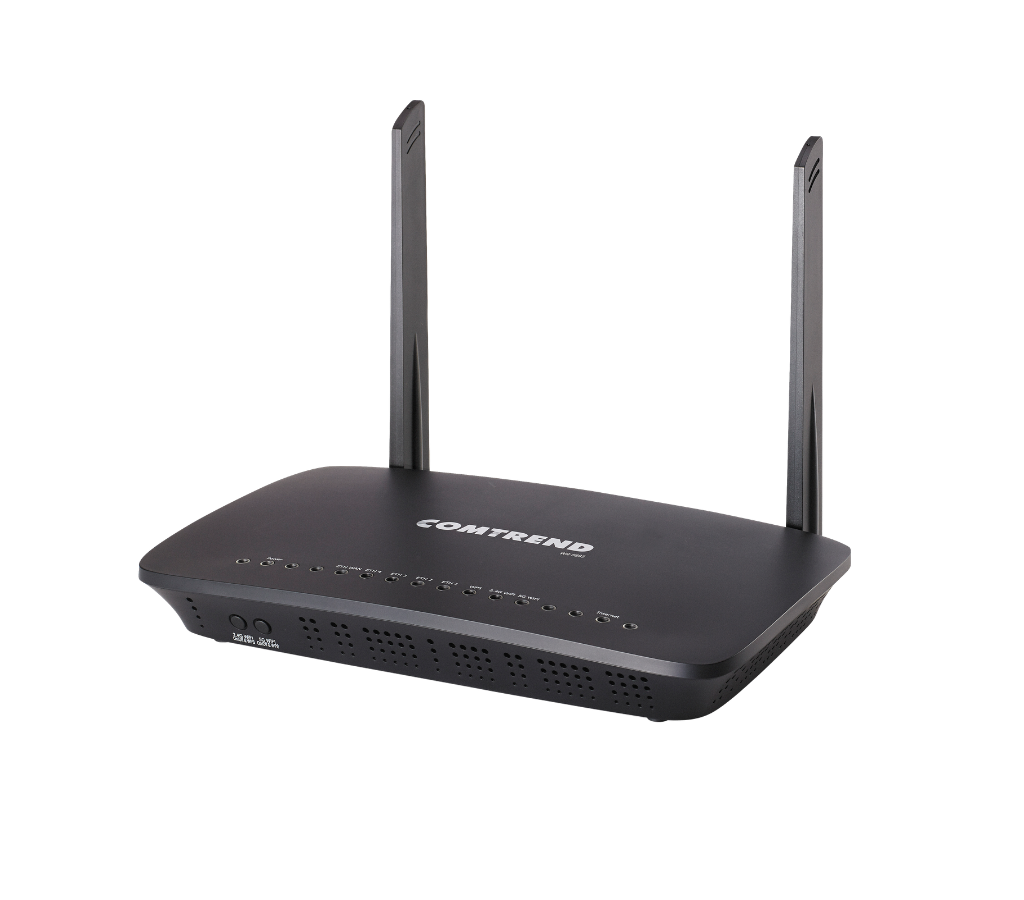Decoding Your Comtrend internet Speed: A Comprehensive Guide
In the modern digital age, a reliable and fast internet connection is no longer a luxury, but a necessity. Whether you’re streaming high-definition videos, participating in online gaming, or simply browsing the web, your internet speed plays a crucial role in your overall online experience. For many users, Comtrend routers and modems are the gateway to their digital world. Understanding how to accurately test and interpret your Comtrend internet speed is essential for optimizing your connection and troubleshooting potential issues. This comprehensive guide will delve into the intricacies of Comtrend internet speed tests, helping you navigate the world of Mbps, latency, and everything in between.
Before diving into Comtrend-specific testing, let’s establish a foundational understanding of internet speed. Internet speed is typically measured in megabits per second (Mbps). This unit represents the amount of data that can be transferred over your internet connection in one second.

Download Speed: This measures how quickly data is transferred from the internet to your device. It’s crucial for activities like streaming, downloading files, and browsing websites.
Comtrend is a well-known provider of networking equipment, including routers and modems. Their devices are often deployed by internet service providers (ISPs) to deliver broadband services to residential and business customers. Comtrend devices often support various connection technologies, such as DSL, cable, and fiber.

Regularly testing your Comtrend internet speed offers several benefits:
Verifying Your ISP’s Promised Speed: ISPs advertise specific internet speeds, and testing allows you to ensure you’re receiving the promised performance.
Several methods are available for testing your Comtrend internet speed:
Online Speed Test Tools
Numerous online speed test tools are readily available, offering a quick and convenient way to measure your internet speed. Popular options include:
Speedtest by Ookla: This widely used tool provides accurate and reliable speed measurements.
How to Use Online Speed Test Tools
1. Connect to Your Comtrend Network: Ensure your device is connected to your Comtrend router’s Wi-Fi or via an Ethernet cable.
2. Close Unnecessary Applications: Close any applications or programs that may be using bandwidth, such as streaming services or file downloads.
3. Select a Speed Test Tool: Choose a reputable online speed test tool.
4. Initiate the Test: Click the “Start” or “Go” button to begin the test.
5. Analyze the Results: Review the results, which will typically include download speed, upload speed, and latency.
Using Command-Line Tools (Advanced Users)
For more advanced users, command-line tools like `ping` and `traceroute` can provide valuable insights into network performance.
Ping: This command measures the latency between your device and a specific server.
Comtrend Router’s Built-in Diagnostics
Some Comtrend routers offer built-in diagnostic tools that can provide information about network performance. Consult your router’s manual or web interface for details.
Understanding the results of your speed test is crucial for making informed decisions about your internet connection.
Download Speed
A higher download speed is generally better, allowing for faster downloads and smoother streaming.
Upload Speed
A higher upload speed is essential for activities like video conferencing and uploading files.
Latency (Ping)
Lower latency is crucial for real-time applications like online gaming and video conferencing.
Several factors can influence your Comtrend internet speed:
ISP Network Congestion
Wi-Fi Interference
Interference from other wireless devices, such as cordless phones and microwave ovens, can impact Wi-Fi performance.
Router Placement
Device Capabilities
Number of Connected Devices
Software and Applications
Cable quality
If you’re experiencing slow Comtrend internet speeds, consider the following troubleshooting steps:
Restart Your Comtrend Router and Modem
Check Your Cables
Optimize Your Wi-Fi Settings
Change your Wi-Fi channel to avoid interference.
Update Your Router’s Firmware
Contact Your ISP
Run a Malware Scan
Use an Ethernet Connection
To maximize your Comtrend internet speed:
Prioritize Bandwidth-Intensive Applications
Upgrade Your Router
Use a Wi-Fi Extender or Mesh Network
Regularly Monitor Your Network
Understanding and testing your Comtrend internet speed is essential for optimizing your online experience. By using the methods and troubleshooting tips outlined in this guide, you can ensure you’re getting the most out of your internet connection. Remember to regularly monitor your network performance and address any issues promptly. With a little effort, you can enjoy a fast and reliable internet connection powered by your Comtrend router or modem.


